Brick, New Jersey, Resident Receives Lifesaving Pacemaker After 5 Heart Attacks
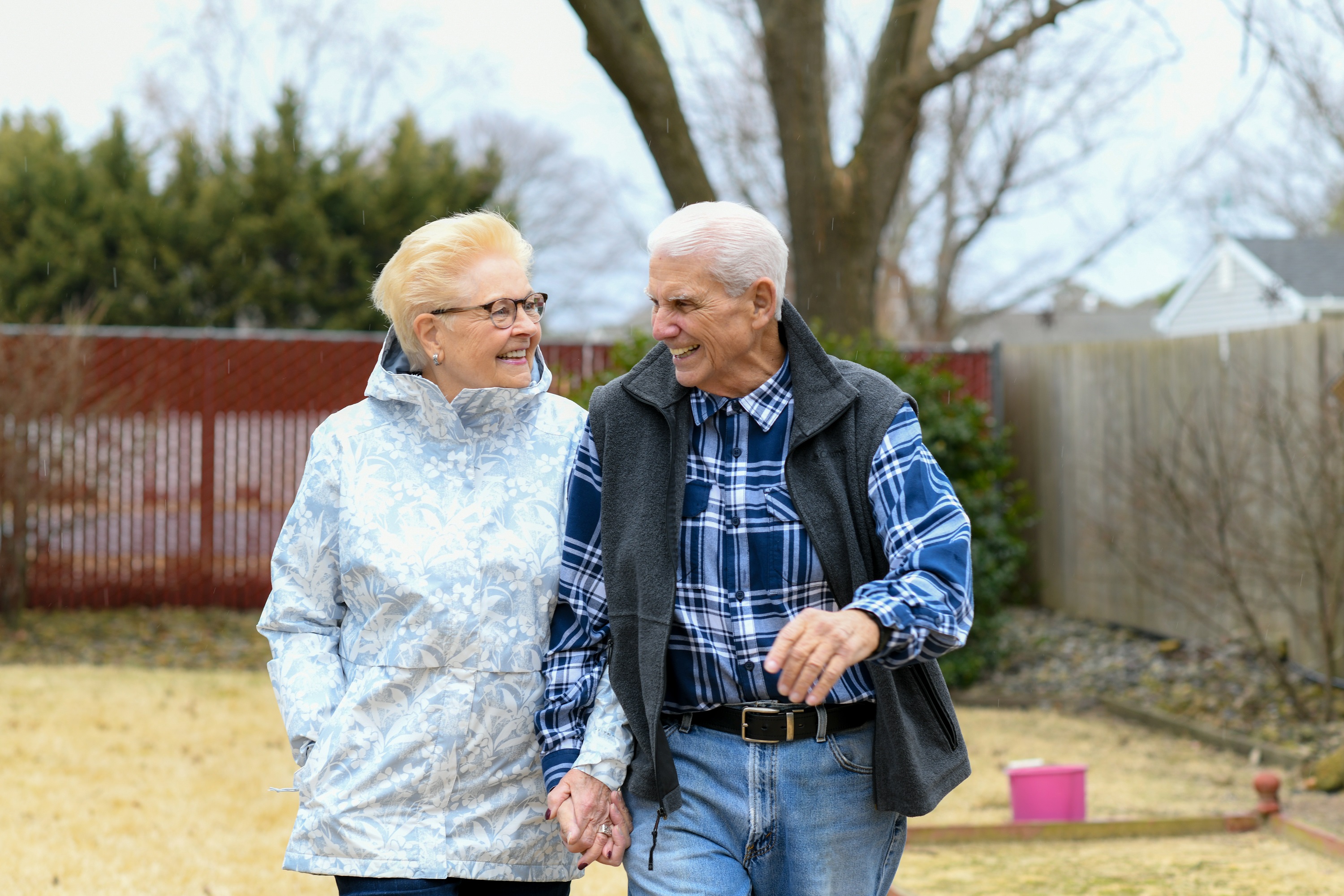
February 22, 2022
Three days a week, Charles Repage would be on a treadmill at his local gym as part of a decades-long fitness regimen to counteract heart disease he developed in his 40s. So it was more than ironic that Charles happened to be on a treadmill undergoing routine testing at his cardiologist’s office when his heart suddenly stopped.
The August 2021 event was a case of right place/right time for the 84-year-old Brick, New Jersey, resident. Kenneth Harris, M.D.’s, office staff—–overseen by cardiologist Nidhi Tripathi, M.D.—immediately performed CPR and oversaw Charles’ emergency transport to Jersey Shore University Medical Center. The grandfather of seven’s good fortune continued in the days following when quick-acting clinicians brought him back from the brink of death again and again before he received a life-saving cardiac pacemaker.
“If I’d gone to the gym to work out that day instead of the doctor’s, I wouldn’t have made it, because the treadmill is the first thing I use at the gym,” Charles says.
Adds his wife of 58 years, Judy: “He wouldn’t be here if he had been somewhere else. He was in the right place at the right time—for all of it.”
A Dramatic Scene
Charles was relatively young when heart disease first struck: After suffering a heart attack at age 46, he underwent cardiac bypass surgery 13 years later to reroute three arteries providing oxygen-rich blood to his heart. Meanwhile, Charles did all he could to maintain his heart health by exercising regularly and taking cholesterol-lowering medications.
But narrowed blood flow to the heart’s “natural pacemaker”—an area on the right side called the sinus node—had now skewed Charles’ heart rhythm to the point where he “essentially died” during his treadmill-based nuclear stress test, Dr. Harris recalls.
It wasn’t immediately clear, however, what led to Charles’ heart-stopping saga. Even after arriving at Jersey Shore, where electrophysiologist Riple Hansalia, M.D., inserted a temporary pacemaker to regulate his heart rate, Charles’ medical drama continued.
After seemingly stabilizing, the retiree suffered four more cardiac arrests requiring CPR, including a vivid scene where a nurse straddled his moving gurney while resuscitating him on the way back to the critical care unit.
“Patients with a long cardiac history can suffer cardiac arrests for multiple reasons,” Dr. Hansalia explains. “One reason is a slow heartbeat, like Mr. Repage had. “His condition was very precarious. He was critically ill. We were extremely cautious in determining that we had a small window to put a pacemaker in.”
The Power of Teamwork
Six days after Charles’ heart first stopped, Dr. Hansalia implanted a permanent pacemaker during a brief, minimally invasive procedure. About the size of two half-dollars, the device is placed under the skin of the upper chest, with wires stimulating the heart to prevent it from beating too slowly.
Weakened from his ordeal, Charles then spent 12 days at Johnson Rehabilitation Institute at Ocean University Medical Center, where he worked intensely with physical, occupational and speech therapists to regain his strength and function. After heading home—where he continued three-times-a-week outpatient rehabilitation—he’s almost back to normal and is itching to travel again.
Jersey Shore cardiologists use technology to remotely monitor Charles’ pacemaker. “He’s pretty much back to where he was before this happened,” Dr. Harris says.
Drs. Harris and Hansalia credit coordinated care for saving Charles’ life, especially during dire moments where survival seemed unlikely. “It’s fairly miraculous to have five cardiac arrests and return to normal life,” Dr. Harris says. “What made Charles survive was teamwork and multiple specialists doing their job.”
Next Steps & Resources:
- Meet our sources: Riple Hansalia, M.D., and Kenneth Harris, M.D.
- To make an appointment with Dr. Hansalia, Dr. Harris or a doctor near you, call 800-822-8905 or visit our website.
- Learn more about comprehensive, coordinated care for heart conditions
The material provided through HealthU is intended to be used as general information only and should not replace the advice of your physician. Always consult your physician for individual care.
4 Easy Ways to Lower Your Cholesterol

About one-third of Americans – 102 million people aged 20 or older – have higher-than-normal cholesterol levels. Almost 10 percent (35 million) have total cholesterol levels that are 240 mg/dL or higher, which puts them at greater risk of developing heart disease.
Should You Get a Cardiac Calcium Scan?
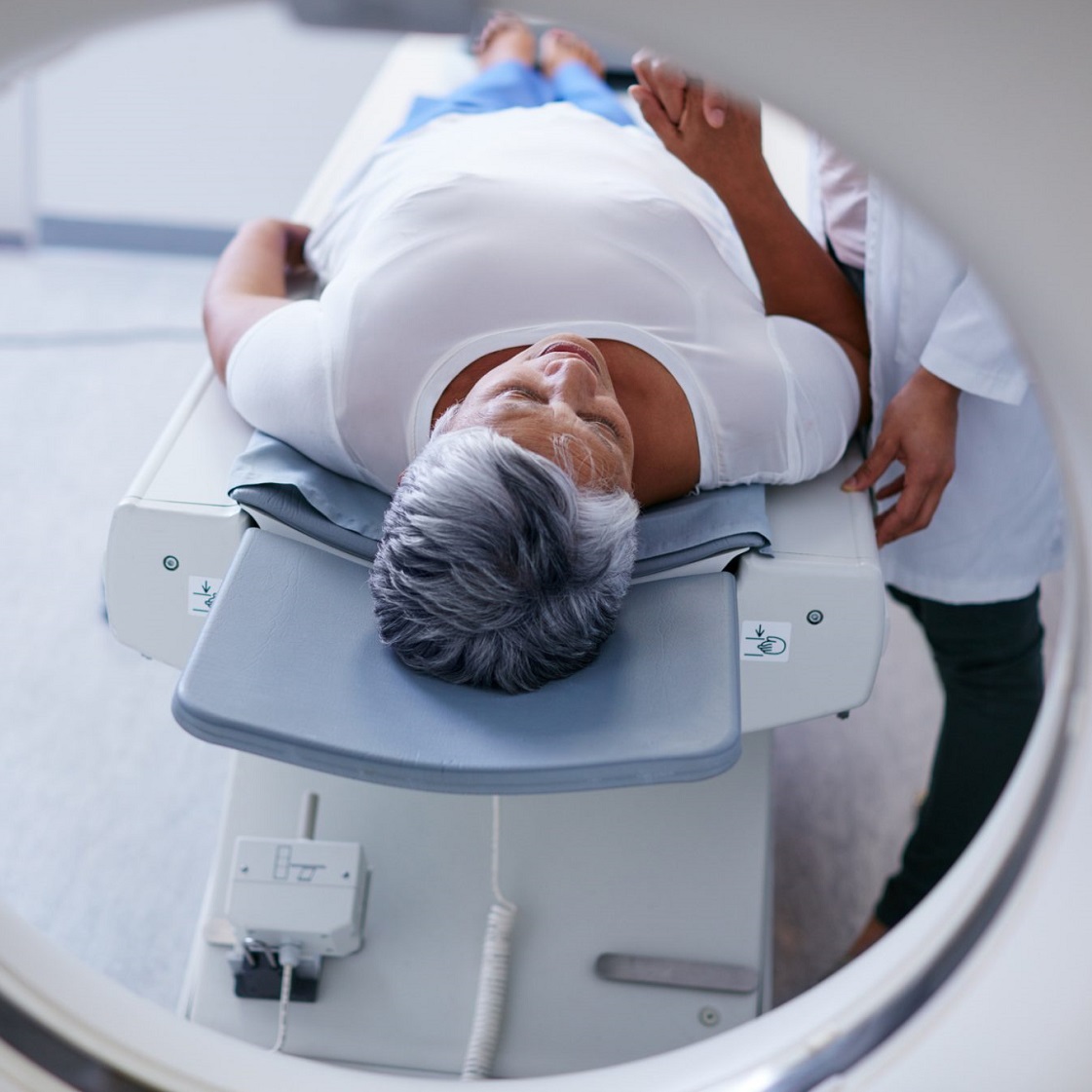
Cardiac calcium scans are short, painless imaging procedures called CT or CAT scans.

6 Reasons Your Heart Rate is High
You’ve probably noticed that your heart rate rises when you exercise and that it drops when you’re lying in bed. But does your heart rate ever feel elevated for no apparent reason?
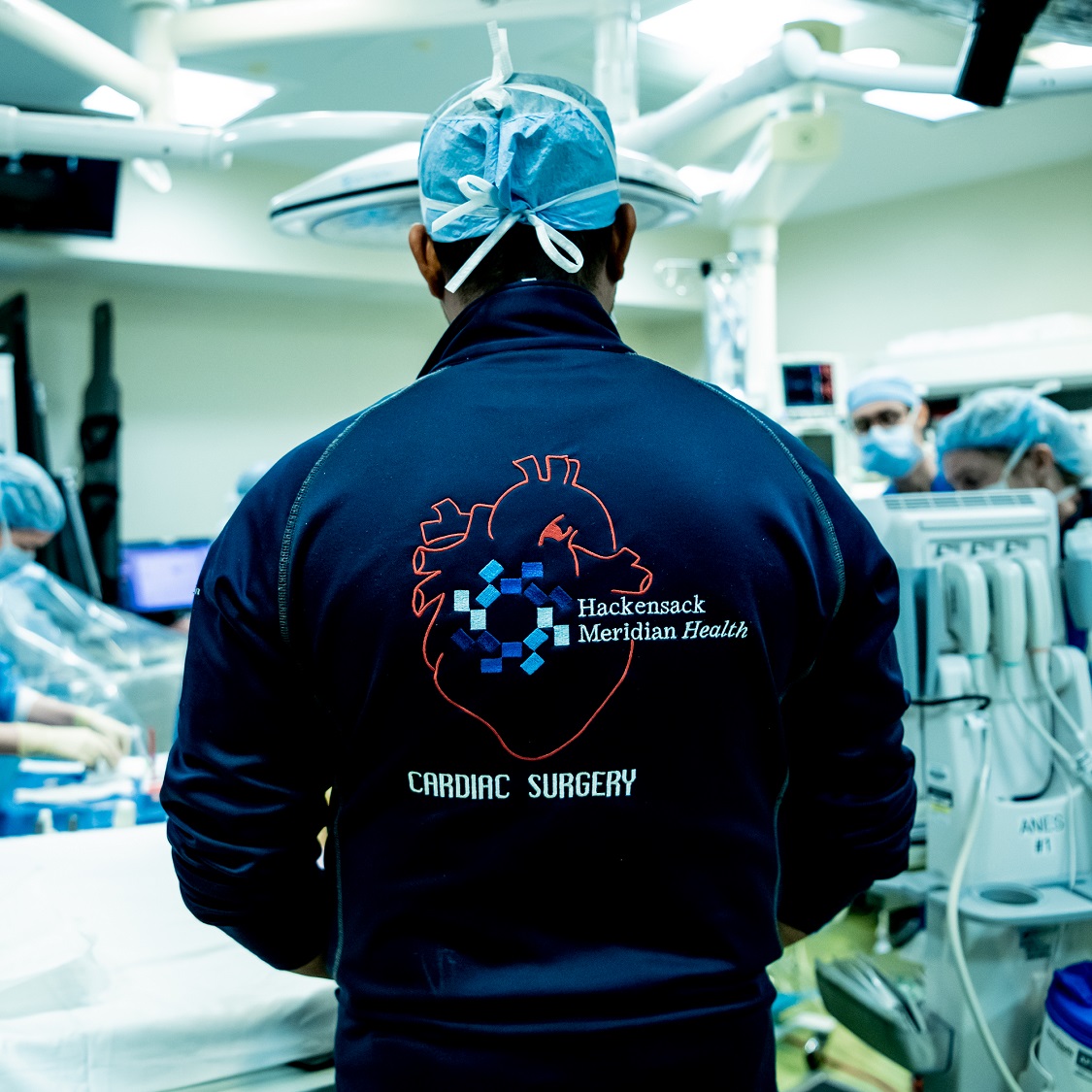
Reasons You Might Need A Heart Stent
A stent within the coronary artery helps oxygen-rich blood flow to the heart, eliminating some symptoms of coronary artery disease.
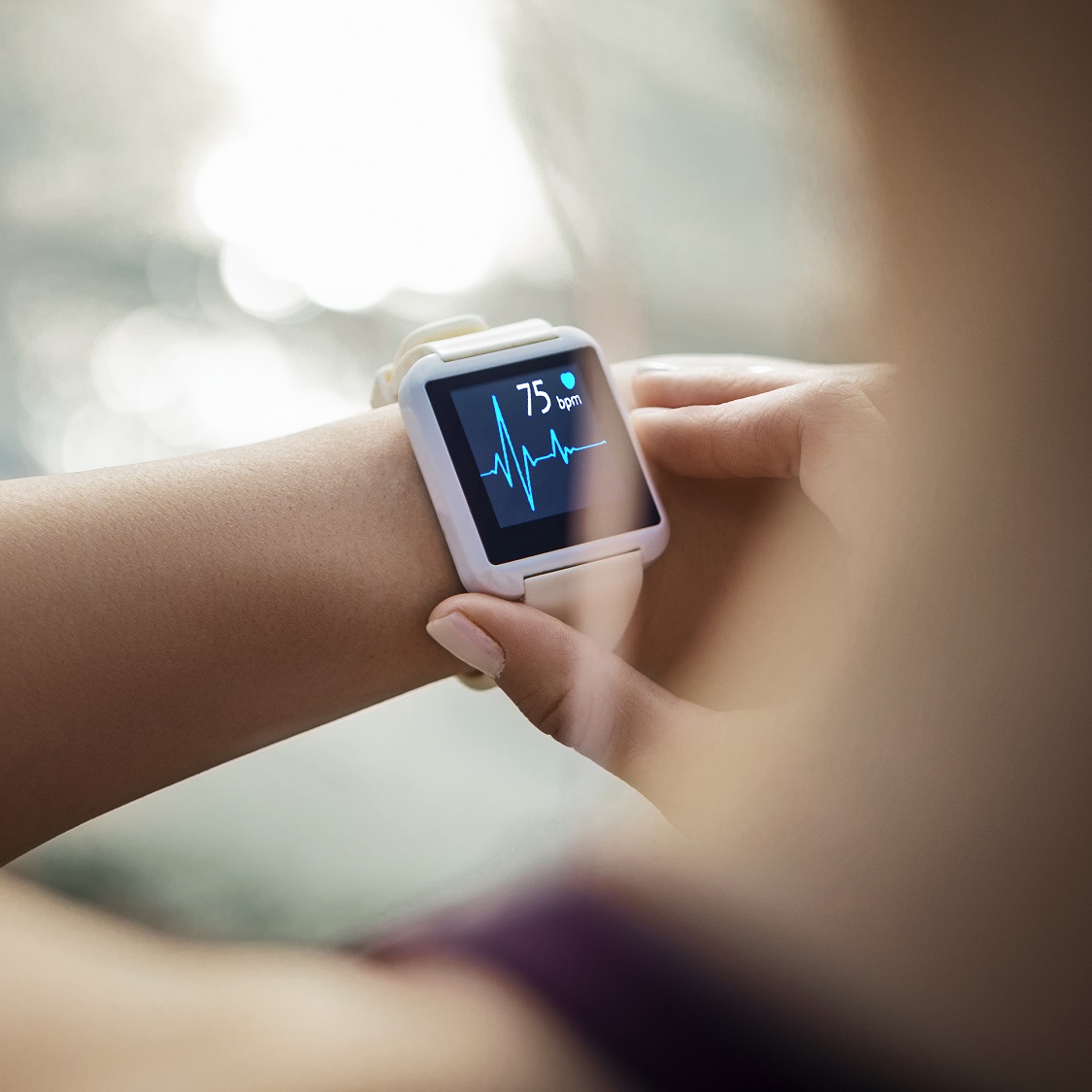
Is My Heart Rate Too Low? Or Too High?
Have you ever felt that your heart was pounding faster than you thought it should be beating? What's a "normal' heart rate?
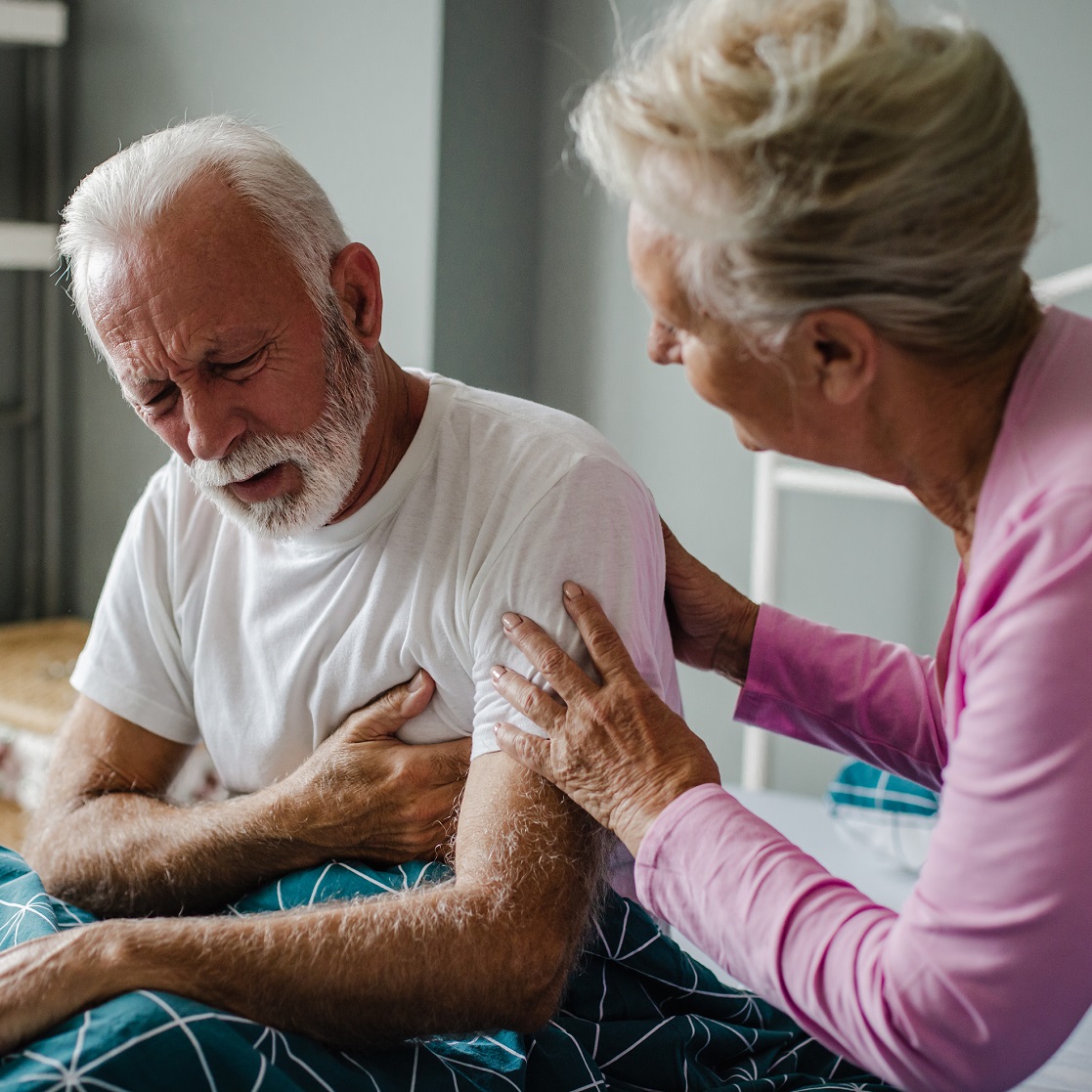
Are Heart Attacks Hereditary?
Cardiovascular risk can be inherited from one generation to the next. Here’s what you should know about screening and lowering your risk.